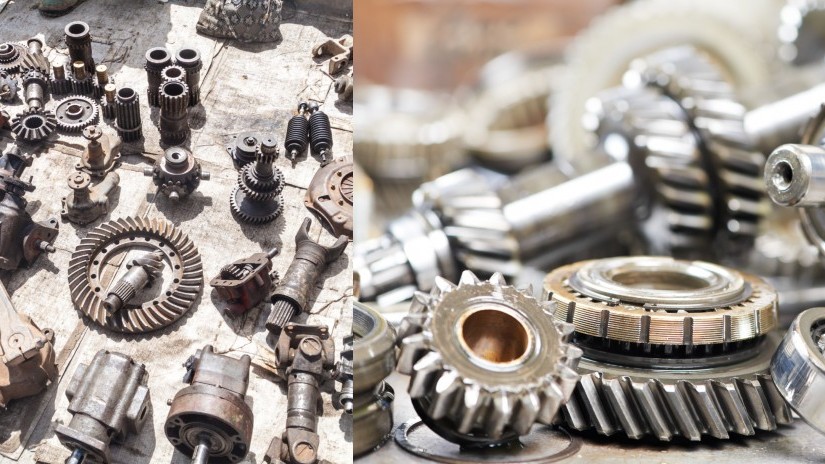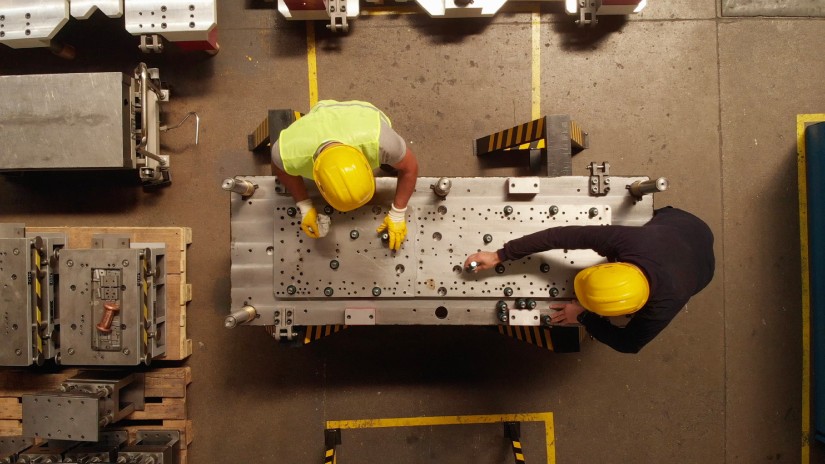By Umeshwar Dayal, Ph.D., Corporate Chief Scientist, Hitachi, Ltd., Senior Fellow - Information Research and Senior Vice President, Hitachi America, Ltd.
Waste, pollution, resource depletion.
It’s the price we pay for an economic growth model predicated on making products, using them, and then tossing them away. They subsequently end up in landfill or in the ocean. However, a growing number of economists and manufacturing experts argue for an alternative approach to the “take, make, dispose" model of the traditional linear economy. They propose a sustainable approach that promotes healthier ecosystems, safer working conditions, and higher-quality environmental goods and services. It’s called the Circular Economy.
The concept gained initial widespread attention decades ago when social scientists began wrestling with the challenge of how to decouple growth from the consumption of finite resources and break with an economic model based on continual resource extraction.
This Circular Economy replaces manufacturing’s centuries-old reliance on new materials with the regenerative use of resources and products. The idea is to keep materials and products in circulation for as long as possible. In doing so, the Circular Economy generates a myriad of economic benefits, creating new business models while providing consumers access to eco-friendly products at affordable prices.
This futuristic vision is now coming into sharper focus thanks to the advent of innovative digital solutions. Let’s take a closer look at how this is unfolding in practice.
In the linear resource consumption model that underpins the global economy, most goods are manufactured and then discarded as waste. But there’s a high cost to our relentless use of raw materials - resource extraction has more than tripled since 19701– in the coin of resource depletion and widespread environmental degradation. At the current rate of development, it is estimated that by 2030, we will need twice the amount of natural resources available on Earth.2 What’s more, global annual waste generation is projected to jump to 3.4 billion tons over the next three decades, up from slightly over 2 billion tons in 2016, according to a World Bank study3. It’s not only an unsustainable course of development but one increasingly vulnerable to systemic risks.
With key raw materials distributed around the globe, supply chain disruptions can easily wreak havoc with manufacturing and fulfillment schedules. Indeed, that fragility underscores the urgency to rethink how we build and use our products. Instead of simply disposing of products at the end of their lifecycle, there's an added incentive to harvest the materials that went into their manufacture to give these products a second or even a third life. By maximizing the lifetime of products and materials and designing out waste, the Circular Economy offers an opportunity for manufacturers to forge a very different future.

While sustainability and environmental concerns are obviously important, proponents of the Circular Economy must go beyond typical sustainability efforts by demonstrating its economic benefits. So, how do you appeal to the enlightened self-interest of businesses traditionally driven by bottom-line considerations? The short answer is that the Circular Economy creates both bottom- and top-line opportunities for participants.
Consider the process of remanufacturing, which opens up new lines of business by allowing manufacturers to sell recovered products into secondary markets. Instead of consigning them to the dump, this industrial process returns used or worn parts and products to near-new condition. Formerly, end-of-life products and components wind up with a second lease on life. For example, Hitachi, which is one of the world’s largest suppliers of compressed air solutions, remanufactures compressors. To date, its remanufacture program has offset more than 5000 metric tons of CO2 production through salvage and reclaim of components. And it’s not just for secondary markets. Remanufactured products often go back to the original customer because they offer shorter delivery times at a lower price compared to newer products.
Typically, a company would bring the product back to its plant, disassemble and inspect the pieces and make a judgment about possible reuse. After deciding what it will take to remediate whatever flaws turn up, the company can upgrade the unit. The result is a remanufactured product that may be even better than the original because of the presence of new technologies. While they may contain new parts, the remanufactured products nonetheless include fewer fresh, natural resources and require less energy to create, thus reducing the amount of waste generated.
This process also frees companies from dependence on sometimes creaky supply chains, allowing them to meet demand more rapidly than previously possible. As we saw during the COVID-19 pandemic, many industries contend with long lead times because of the lack of available materials, a condition exacerbated by periodic supply chain disruptions that interfere with fulfilling demand for new products.

Despite the recognized benefits of a circular approach, industrial Original Equipment Manufacturers face formidable challenges in embracing remanufacturing practices. Sourcing uncertainties, fluctuating demand patterns, core quality variations, process inefficiencies, and the absence of Circular Economy Key Performance Indicators have collectively impeded the widespread implementation of circular practices within the industrial sector.
That helps explain why only a small percentage of manufacturers have embraced remanufacturing. However, it’s only a matter of time before more companies follow in the footsteps of the early adopters, given the growing recognition that their current industrial practices aren’t sustainable. At the same time, manufacturers are under growing pressure from the outside. On the one hand, governments are passing regulations - and incentives - to change course. Increasingly, customers are also demanding that the products they purchase contain recycled materials or be manufactured in green facilities.
Just as importantly, the application of advanced solutions can help organizations smooth their path. At the heart of this transformative shift is the integration of digital technologies, playing a pivotal role in overcoming challenges and unlocking the full potential of circular practices. Three technologies, in particular, are poised to play a key role in this transformation:
This is obviously going to be a complicated transition that might seem daunting at first blush. However, all the signposts point in the same direction: this change is happening. The only question is how soon will it become pervasive.
In the meantime, in industries ranging from automotive to railroad equipment to construction to mining, manufacturers have added incentive to learn how to get a better handle on reusing equipment and their components. It’s also an area where Hitachi, which has been developing technologies for recycling since the 1990s, has deep expertise. Not only is it a leading supplier of digital technology solutions, but Hitachi’s decades-long experience with manufacturing gives it an insider’s expertise to help customers navigate toward the Circular Economy.
Hitachi can help.

Corporate Chief Scientist, Hitachi, Ltd., Senior Fellow - Information Research and Senior Vice President, Hitachi America, Ltd.
Dayal joined Hitachi America, Ltd. in 2013 after serving as an HP Fellow in Intelligent Information Management and Director of the Information Analytics Lab at HP Labs. At the Hitachi America R&D Division, he led work on AI/big data analytics, organized collaborative creation activities with customers as the Head of the Big Data Laboratory, and later worked as the Head of the Silicon Valley Research Center. Dayal was appointed to his current position in April 2020, after serving as the GM of Hitachi’s Global Center for Social Innovation, responsible for the open co-innovation of novel digital solutions. He currently leads a research program for digital technologies in the Circular Economy.
Dayal is an ACM Fellow, a recipient of the Edgar F. Codd Award from the ACM Special Interest Group on Management of Data (SIGMOD) for fundamental contributions to data management, and a Distinguished Alumnus Award from the Indian Institute of Science. He has over 250 research publications, holds over 60 patents, and has given over 40 keynote and invited lectures at international conferences and workshops. He has chaired and organized numerous international conferences and has served on the Editorial Board of several research journals in data management, distributed systems, and data science.